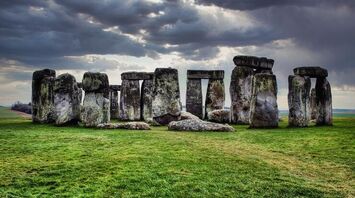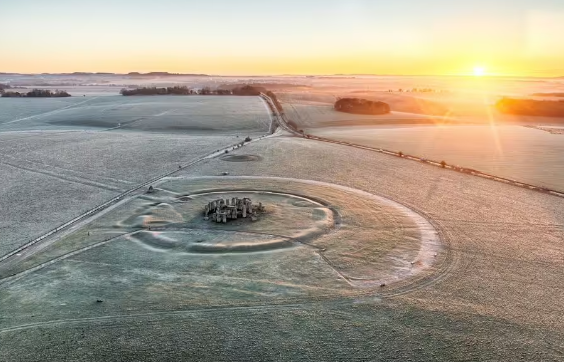Scientists have put an end to a 300-year-old controversy by uncovering the mystery of Stonehenge

Stonehenge is one of the greatest mysteries of antiquity because archaeologists still do not know exactly what the stones were used for. It is also a mystery where the giant stones were brought from.
According to experts, the blue stones of Stonehenge come from the Preseli Hills in South Wales, but there is still debate about where the sarsens, pieces of sandstone cemented with a siliceous substance, come from, as reported by the Express.
Until recently, researchers assumed that these stones were transported from the Marlborough Downs. The latest analysis conducted by archaeologists and geologists has put an end to the debate.

After obtaining large samples of the giant sarsens, the international team determined that the stones came from the low-visibility West Woods forest, located 25 km from the stone circle.
This forest is closer to Stonehenge than Marlborough Downs, which is 32 km away.
"The results of the study put an end to 300 years of debate about where the stones for Stonehenge came from. West Woods was the closest place to Stonehenge that had monoliths of a suitable size that could be delivered by a relatively easy route," says study co-author Professor Mike Parker Pearson.
He notes that transporting such boulders was still not an easy task. Most likely, the ancient builders used wooden sleds that were pulled along logs laid as rails.
The sarsens are all 15 stones of the central horseshoe of Stonehenge, as well as 25 surviving vertical posts and six lintels of the outer circle, in addition to the stones on the outside.
Modern methods have allowed scientists to use macroscopic and microscopic features of rocks to match them to the outcrop from which they were taken.
Earlier, TravelWise reported that Stonehenge was included in the list of the most interesting places in the world according to Wikipedia.



















